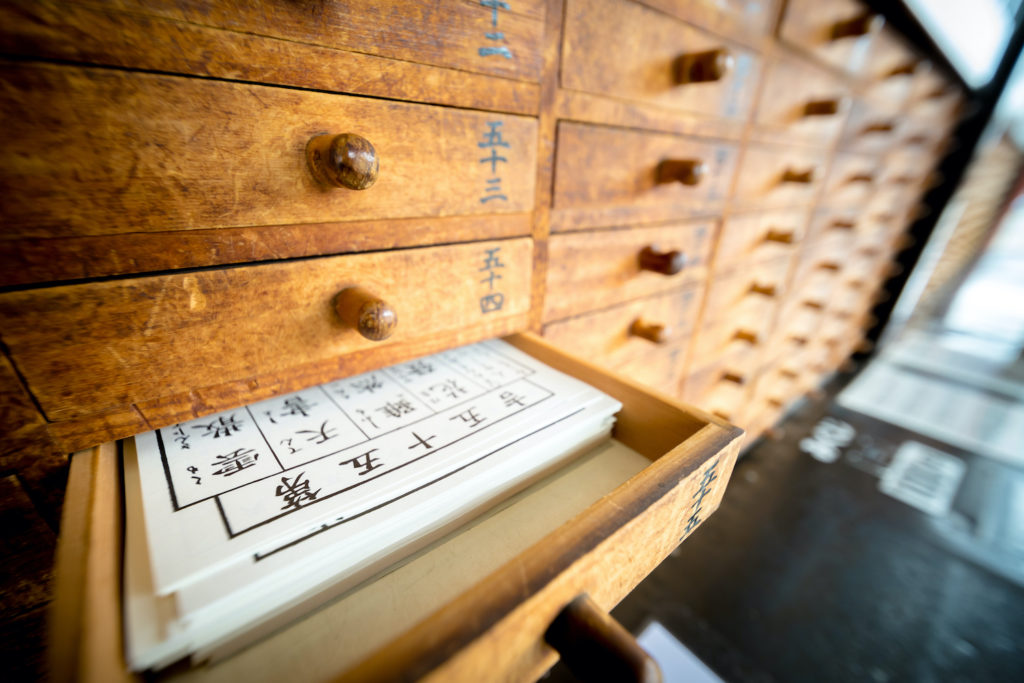
Omikuji is a fortune slip you can draw at Shinto shrines in Japan. On a small slip, there are a lot of valuable information and advice you can apply to your daily life. It is like you have a mentor, who let you touch the wisdom for just a dollar or so.
Brief History of Omikuji
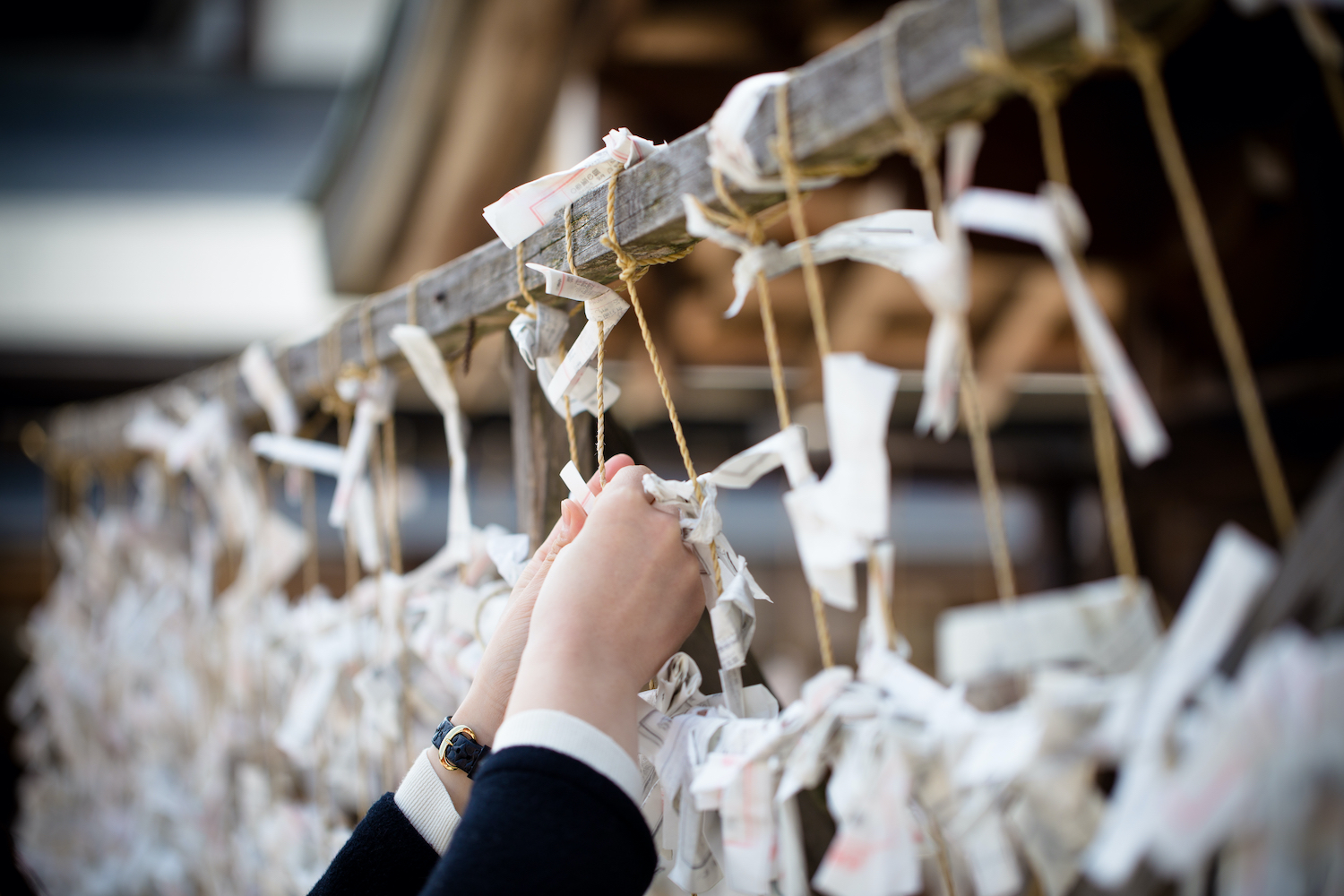
In ancient times, fortune-telling was a mean for political matters, especially when people chose the next ruler.
The origin of Omikuji today can date back to Buddhist priest of Enryakuji Temple at Mt. Hiei, Ryogen also known as Ganzan Daishi (912-985).
Ryogen is known to be someone who could use super-natural power.
There exists a stone monument depicted as “The birthplace of Omikuji” in front of the gate of Ganzandaishido at Mt. Hiei.
Got a Good Luck? – Omikuji
Basically, there exists five scales of luck in Omikuji. Some have more scales with subdivisions.
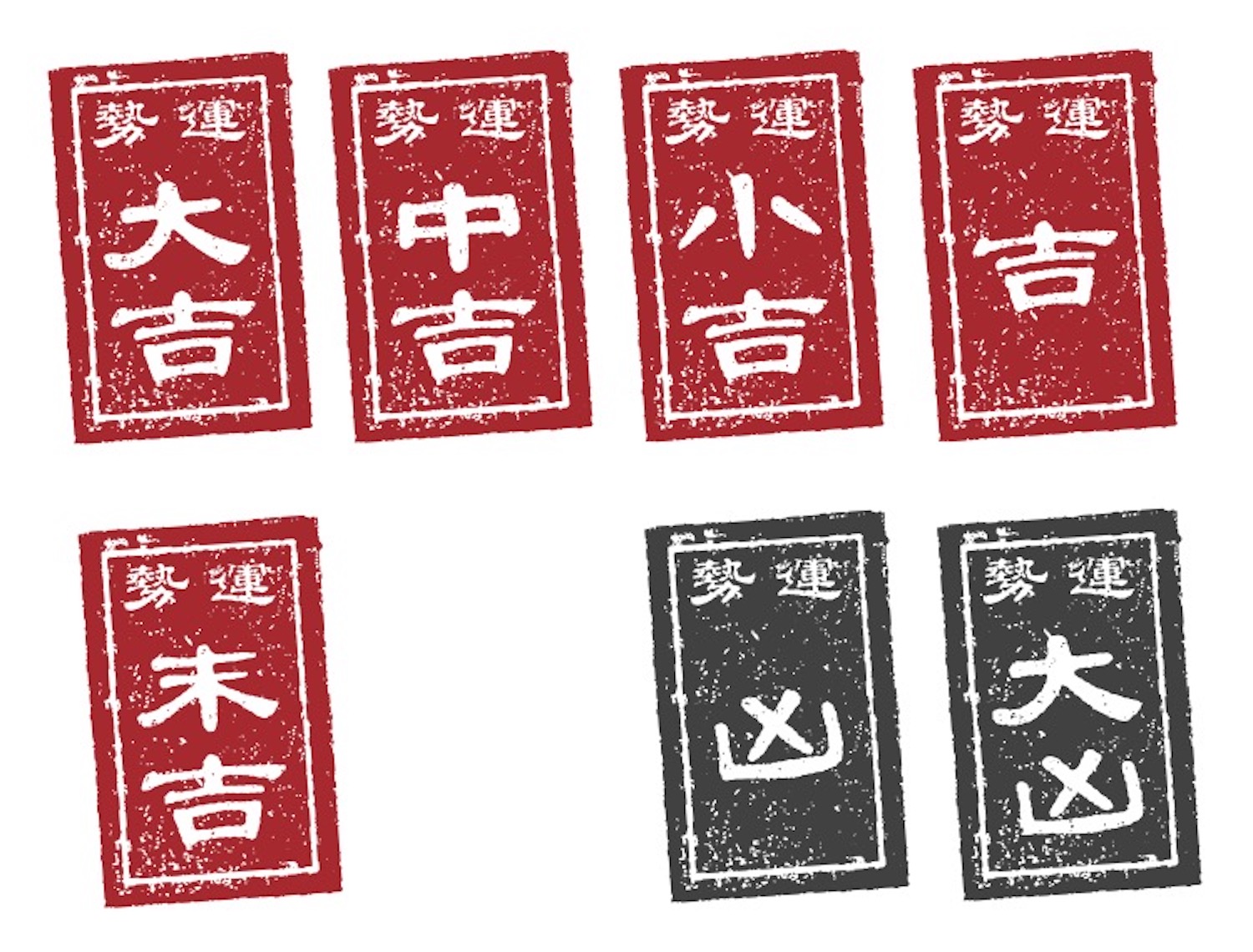
- 大吉 (だいきち: Daikichi) — Great fortune
- 吉 (きち: Kichi) — Good luck
- 小吉 (しょうきち: Shoukichi) — Small fortune
- 凶 (きょう: Kyou) — Bad luck
- 大凶 (だいきょう: Daikyou) — Great bad luck
Japanese and Chinese Poetry
Most of the time, you see Japanese or Chinese poetry at the back of the slip. These poetries tell you a piece of good advice like…
For bad luck (凶)
Dwelling over the trifle things disturbs you. Instead of being worried, try to avoid careless mistakes.
愁悩損忠良・青霄一主香・雖然防小過・閑慮覚長時。
For good luck (吉)
漸々濃雲散・看々月再明・逢春華果秀・雨過竹重青。
The problems finally solved, and the fortune is coming on your way. Just like blooms in spring and bamboos right after the rain, your luck grows immensely.
For great luck (大吉)
手把太陽輝・東君発旧枝・稼苗方欲秀・猶更上雲梯。
All the sunshine is in your hands, your luck grows even more and reaches high up to the clouds.
Various Types of Omikuji
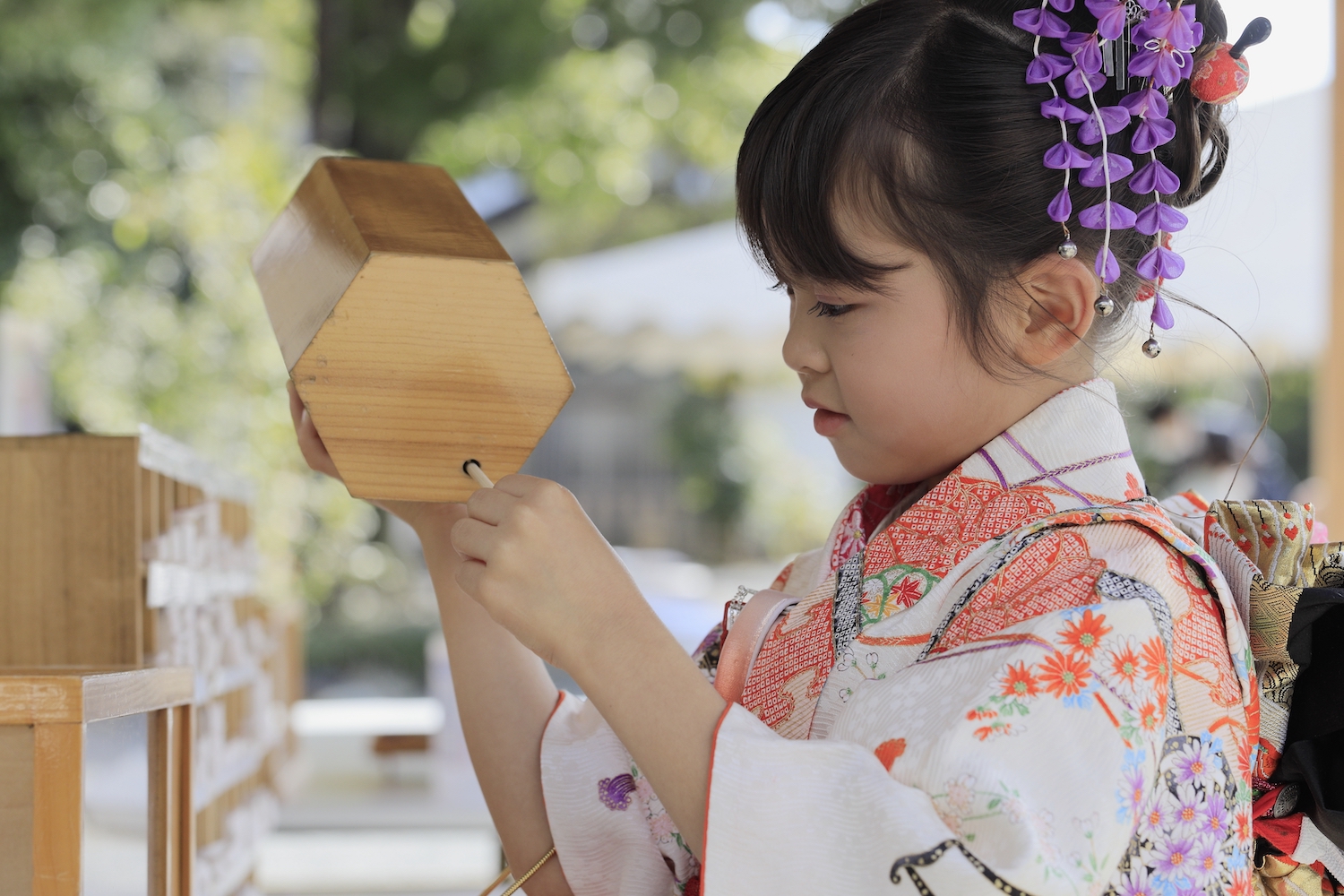
You shake a column or a pentagon prism, which contains sticks with numbers corresponding to the slip stored in a drawer.
One stick singled out, you open the drawer which has the same number and there you have the fortune slip.
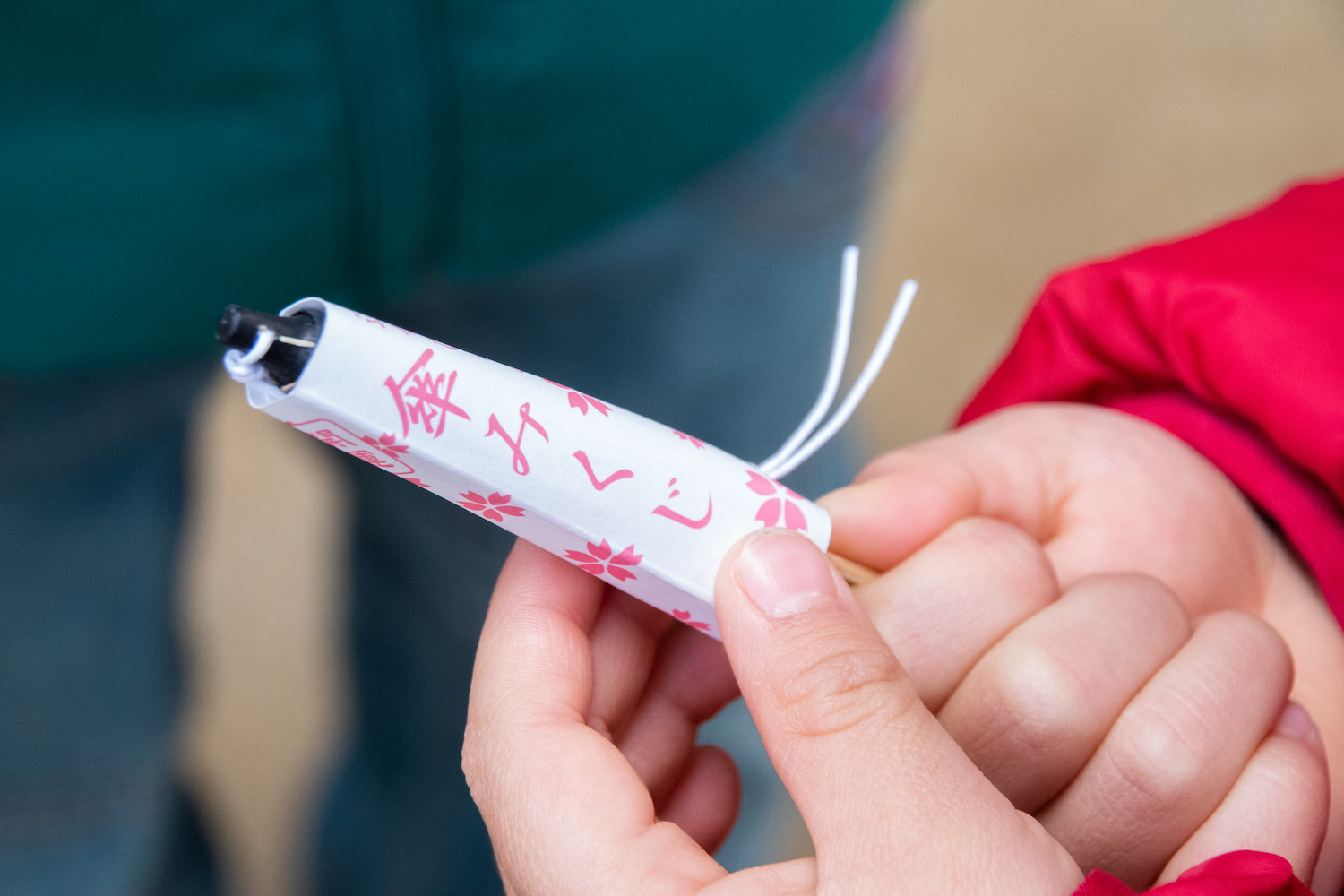
The picture above shows a unique shape of omikuji, umbrella-mikuji at Taima-dera Temple in Nara. It attracts especially young women and female visitors doubled for sure.
Generally, you pick the folded fortune slip out of the box might be the most common way to draw Omikuji.
Leave it or Keep it? – Omikuji
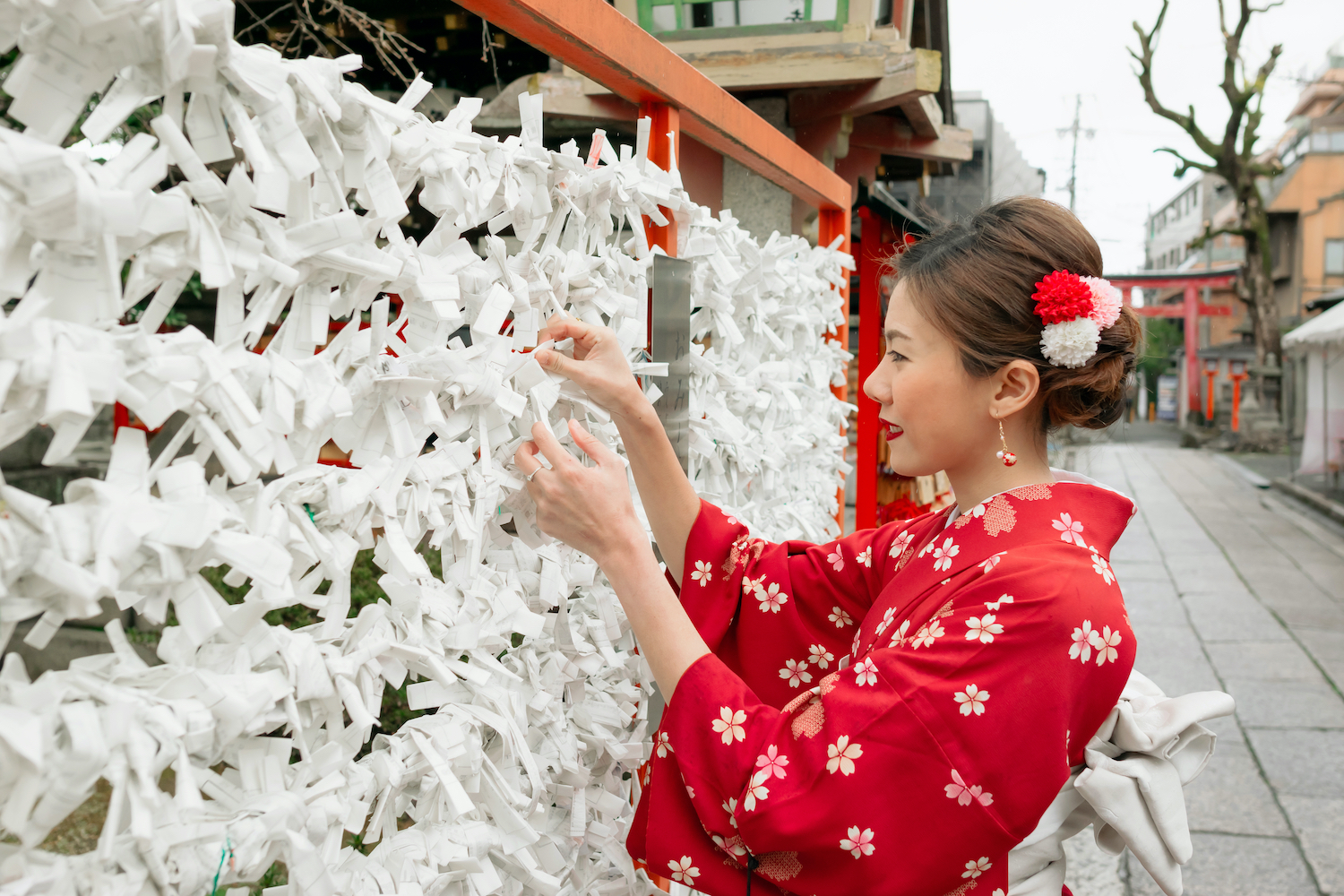
Whether you draw a great fortune or bad one, you tie it to a rope at the shrine would be the best way.
Shinto Shrine: History, Architecture, and Shrine Crest
You can shed the bad luck by leaving the slip at the shrine and you can multiply the good luck also by leaving the slip at the shrine.
What comes around goes around, it is your mental attitude which can bring you the real fortune.
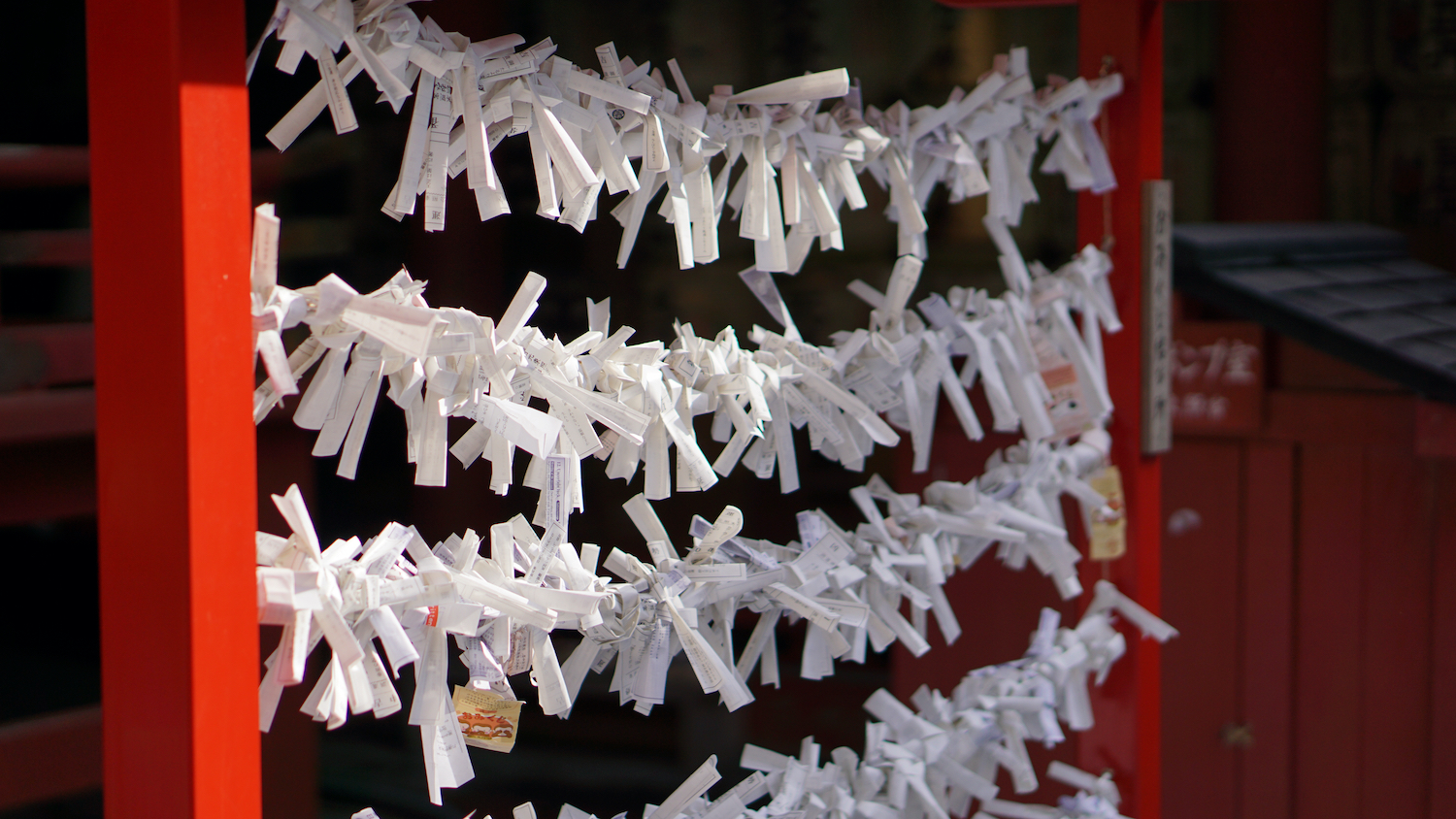
In the past, keeping the slip in your pocket or purse was common to have it as a reminder, which is totally ok today.
When your wish came true, it would be desirable to bring the fortune slip back to the shrine where you drew and dispose of it.
It is a fun thing to draw Omikuji and can be even a life-changing experience if you take the advice to your heart and act accordingly!
References
初詣のおみくじの始まりと結果の期限は?占いとは何が違う? (http://atsushino1.com/)
孔明神数 漢詩100 おみくじ(お神籤・お御籤) (http://sunlaushi.exblog.jp)


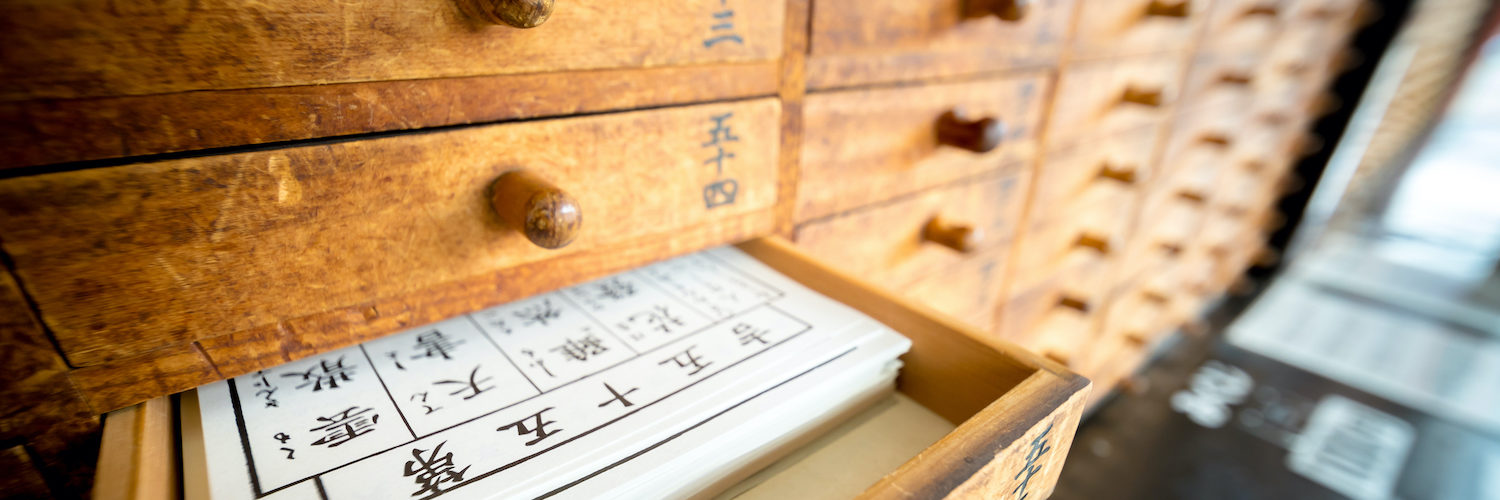
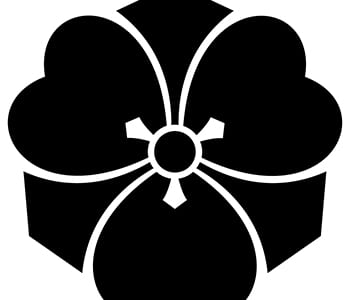
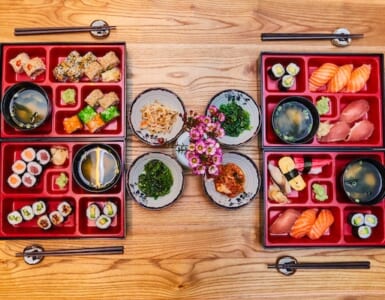
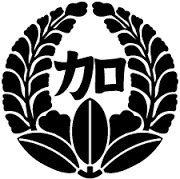


Add comment